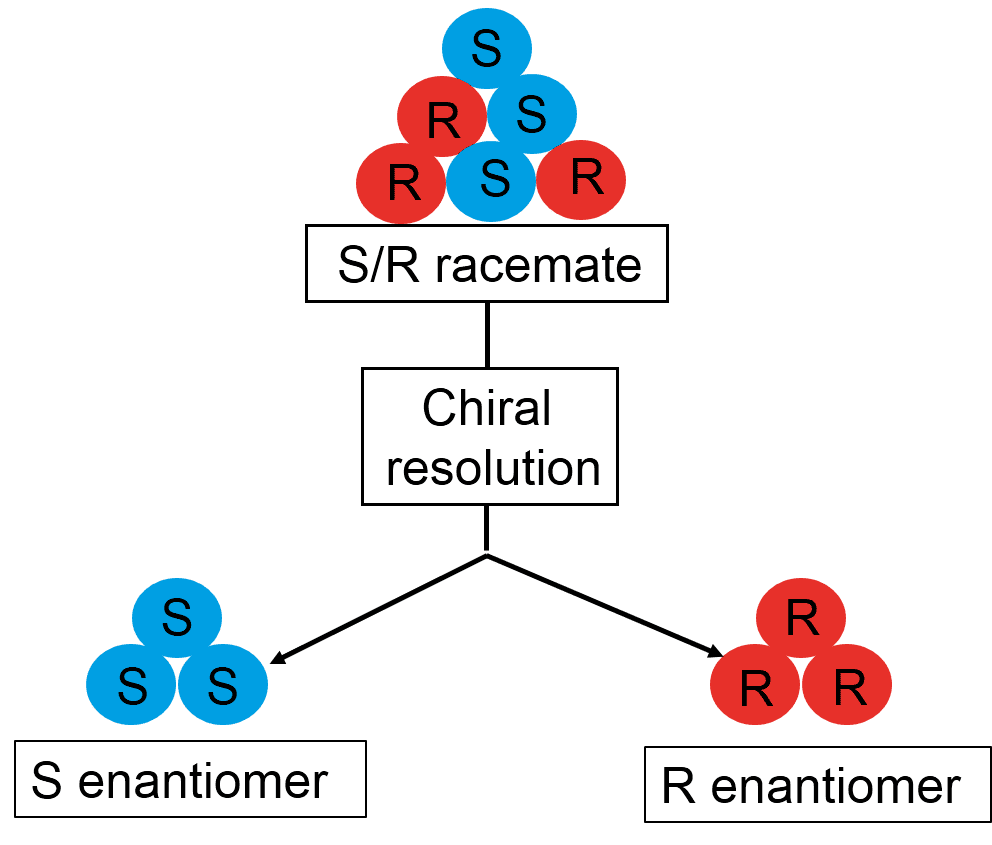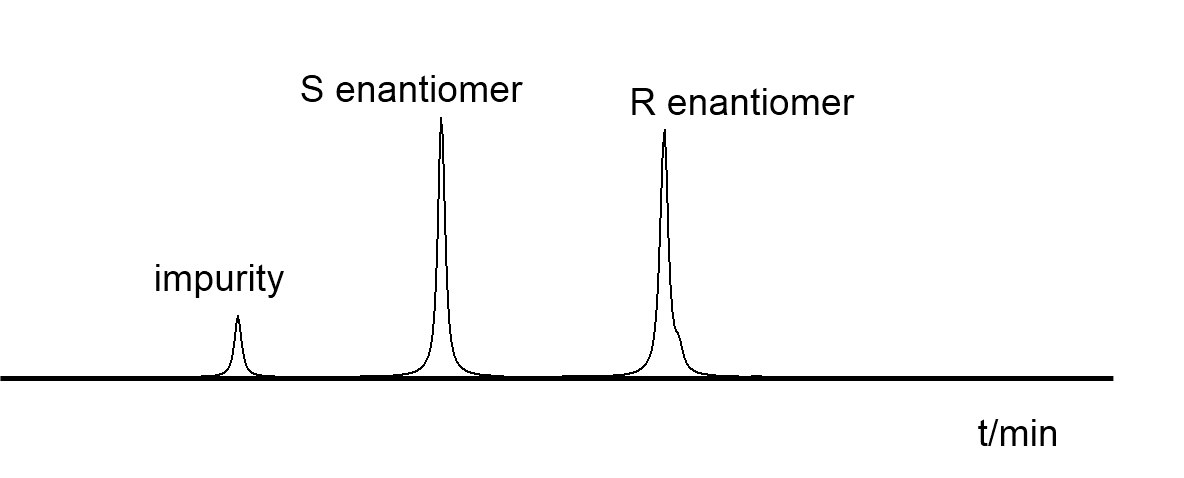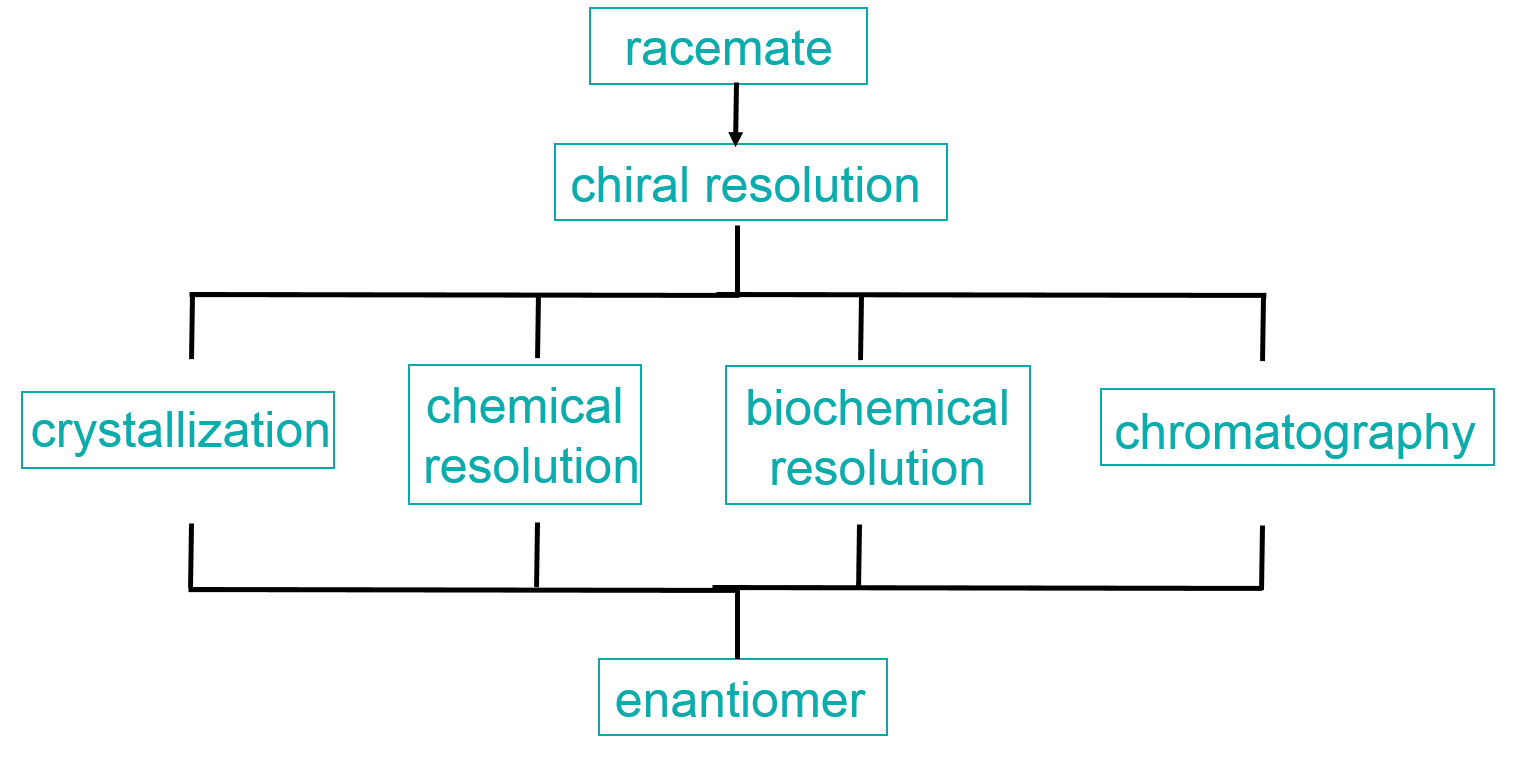Chiral resolution (optical resolution or racemate resolution) is a method used in stereochemistry to separate racemates into two different enantiomers. It is an important tool for the production of optical antipodes. Chiral resolution includes a variety of different methods, such as crystallization, chemical resolution, biochemical resolution and chromatography. BOC Sciences has a professional R&D team with rich experience and technological innovation, which can provide customers with comprehensive and high-quality chiral separation services. Customers only need to send the racemates to us, and we will easily obtain mg-kg optical pure chiral enantiomers at the fastest speed and lowest cost using the most professional technology.
Our Advantages
- Multiple resolution techniques
- Comprehensive library of chiral resolving agents
- Expanding chiral crystal screening program
- Small-scale purified enantiomers can be delivered within a few days, and kilogram-scale purified enantiomers can be delivered within a few weeks
- More than 90% of chiral compounds can be resolved
- Our enantiomers meet the requirements of >98% enantiomeric excess and >85% yield
The separation of a racemic mixture into two optically active forms (+ or −) is known as chiral resolution. Since diastereomers have different chemical and physical properties, they can be separated into corresponding enantiomers by chiral resolution. This method is called enantiomeric enrichment, and it is a process of continuously increasing the percentage of enantiomers until the enantiomeric excess finally approaches 100%.
 Figure 1 Chiral resolution process
Figure 1 Chiral resolution process
Crystallization
At least 5%–10% of all racemates are known to crystallize as mixtures of enantiopure crystals, which are called conglomerates. The left-handed or right-handed enantiomer crystals can be physically separated from the racemic mixture by manual selection or through a lens. This manual method of separation of conglomerate crystals into individual enantiomers is called spontaneous crystallization. Pure crystal of an enantiomer is added to the supersaturated solution of a racemic mixture to induce crystallization to preferentially produce the enantiomer, which is called preferential crystallization. About two-thirds of the industrial batch resolution of chiral compounds uses this method because it takes into account the convenient screening of its resolution method, the improved understanding of crystallization and easy amplification.
 Figure 2 Crystallization process
Figure 2 Crystallization process
Chemical Resolution
Chemical resolution is a resolution method that uses a chiral resolution agent to resolve racemates into single optical isomers. In this method, enantiomers of the racemic mixtures are converted into diastereomers through salt formation, where the salts differ in solubility in different solvents and can be separated by fractional crystallization and chromatography. Chemical resolution expands the range of substrates resolved by crystallization, making the method more widely applicable.
 Figure 3 Chemical resolution process
Figure 3 Chemical resolution process
Biochemical Resolution
Biological resolution methods are generally highly specific. When certain microorganisms (bacteria, yeasts, molds) are added to the solution of the racemic mixture, they will cause one enantiomer to decompose and form another substance, while the other isomer is not affected.
Chromatography
Chiral chromatography can conveniently, accurately and quickly measure the optical purity and absolute configuration of samples. Among them, chiral stationary phases are more commonly used for the separation of enantiomers. Chromatography is a practical and effective method to obtain optically pure enantiomers on an mg-kg scale. Chiral chromatography includes a variety of chromatographic techniques, such as supercritical fluid chromatography (SFC), high performance liquid chromatography (HPLC) and simulated moving bed method (SMB). The chiral resolution process needs to balance the two enantiomers and impurities to meet the requirements of high enantiomeric purity.

mg-g scale
- Using HPLC method to quickly obtain high purity chiral compounds
- A complete range of chiral columns is suitable for most of the chiral compounds
- The required components can be separated from complex compounds
g-kg scale
- Using SFC to quickly obtain high-purity chiral compounds
- Using liquid CO2 as the mobile phase makes post-processing more convenient
- CO2 can be recycled to make it more environmentally friendly
kg-ton scale
- Continuous sampling and collection, high efficiency
- Reduced solvent usage
- The mobile phase can be recycled to reduce pollution
Our Project Workflow

Chiral Technical Information

 Figure 1 Chiral resolution process
Figure 1 Chiral resolution process Figure 2 Crystallization process
Figure 2 Crystallization process Figure 3 Chemical resolution process
Figure 3 Chemical resolution process












